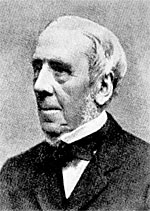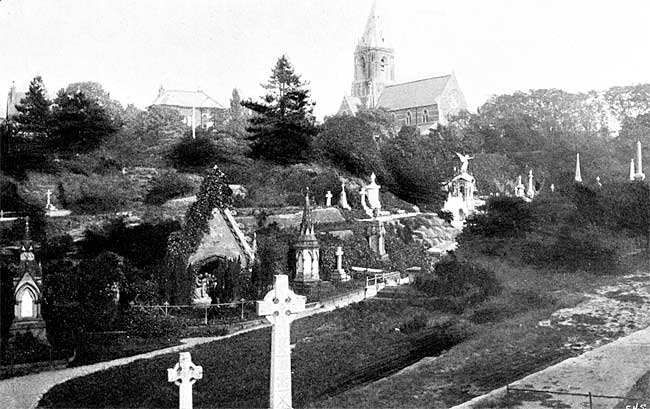< Previous | Contents | Next >
Nottingham Castle.

Alderman John Barber, Mayor of Nottingham 1867 and 1868.
This venerable remainder of generations of feudal rule occupies a commanding site in the highest part of the town, and can be approached by a choice of routes by way of Castle Gate or through Friar Lane, and its continuation, Park Street, and by the handsome avenue Hope Drive. The group of illustrations presented on an accompanying page will convey some idea of the principal features of the grand old Castle, with its charming sylvan and romantic surroundings worthy one of the most interesting of our historic show places. Passing under the Castle Gateway, with its grim, forbidding portals, —through which have passed in endless procession warriors, statesmen, and royalty itself in its varied and eventful existence of over some four centuries past,—the visitor will find just within the gateway an interesting example of ancient workmanship in the form of a cistern wrought in lead. The grounds, laid out with delightful winding walks and verdant lawns and flowering plants and shrubs, are a favourite resort in the summer season, and all the year round the spacious Museum, with its splendid collection of art treasures,—which was opened by H. R. H. the Prince of Wales in 1878,—affords recreation and instruction to throngs of delighted sightseers. On the way to the Museum the visitor passes the massive gate-posts; and near to is the entrance to the old Prison and kitchens, with the Art Director's residence.

The Church Cemetery.
An extensive view of the town and surrounding district is obtained from the terrace, and below the flag-staff may be seen the Castle Rock, a sheer and rugged declivity of the natural formation, as depicted in our illustration.
